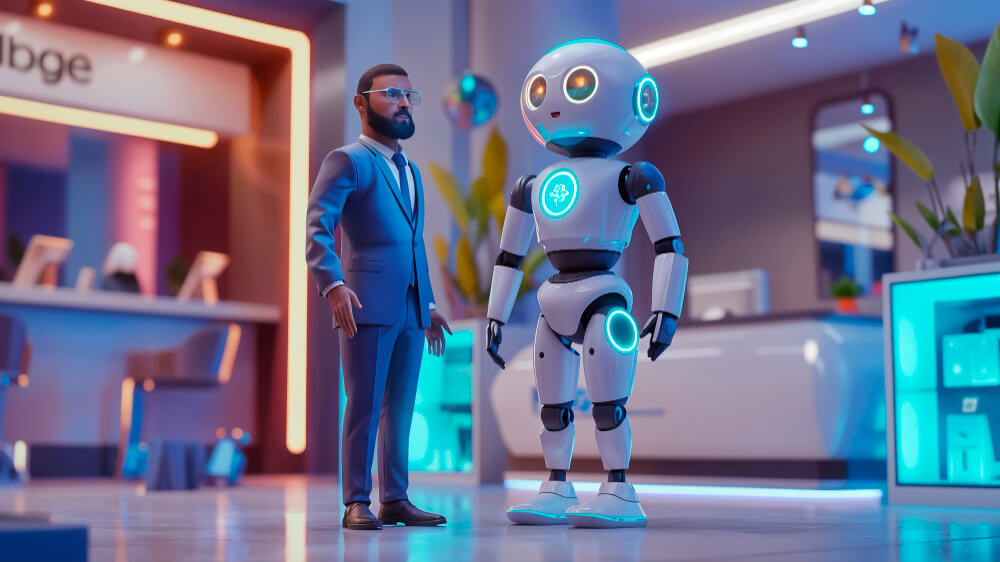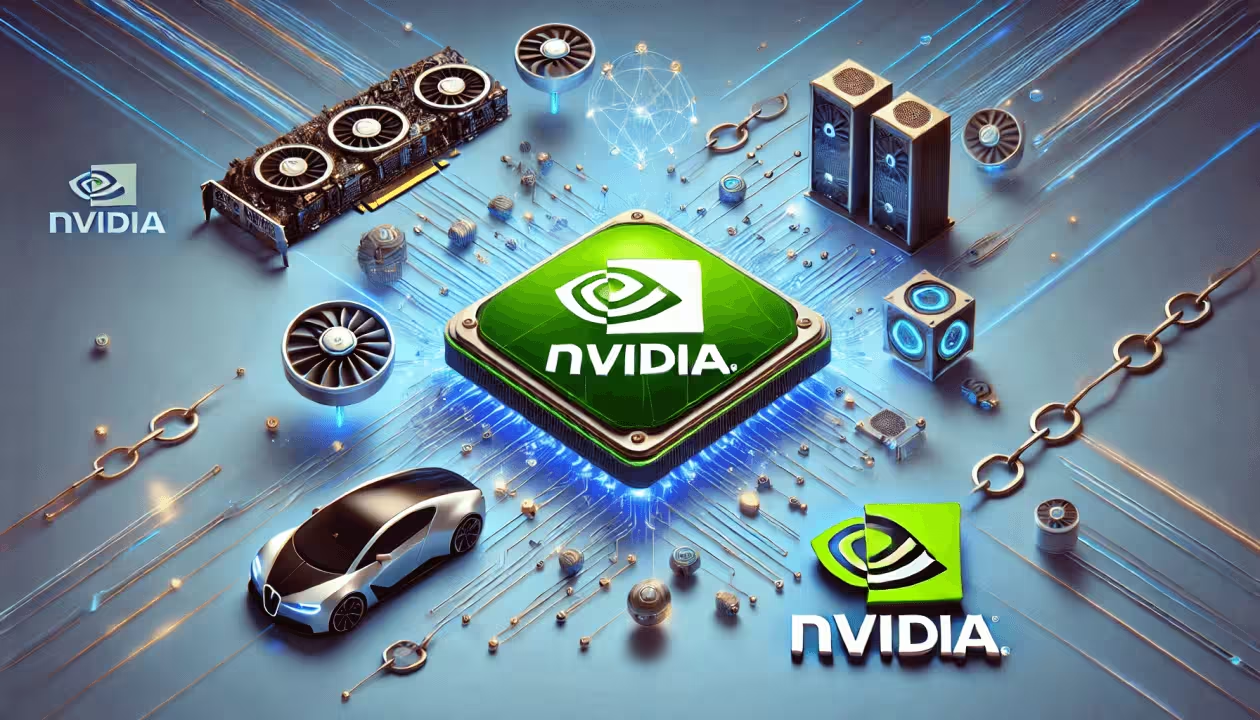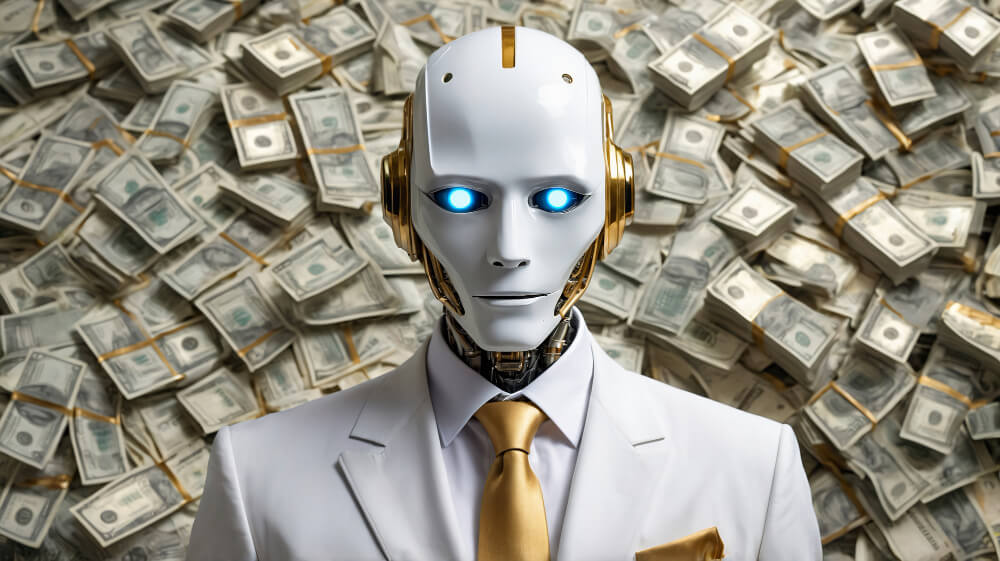
Introduction
AI agents are autonomous software entities capable of perceiving their environment, making decisions, and executing actions to achieve specific goals. Unlike traditional AI assistants or bots that follow predefined scripts, AI agents can learn from experiences, adapt to new situations, and operate with minimal human intervention.
Core Architectures: A2A and MCP
Agent-to-Agent (A2A): Developed by Google, A2A is an open protocol that enables multiple AI agents to discover, communicate, and collaborate with each other. Each agent exposes a network endpoint and a public "Agent Card" describing its capabilities, facilitating seamless interoperability among agents. Source
Model Context Protocol (MCP): Introduced by Anthropic, MCP is a protocol that allows LLM-based applications to access external data and tools uniformly. It abstracts the integration between models and APIs, enabling agents to invoke tools in a structured workflow, enhancing their ability to perform complex tasks. Source
Real-World Applications
- Industrial Automation: Companies like Siemens are integrating AI agents within their ecosystems to execute complex processes autonomously, enhancing efficiency and reducing the need for constant human oversight. Source
- Sales and Customer Service: Oracle has launched AI agents to assist sales professionals with customer interactions and administrative tasks, aiming to reduce workloads by automating repetitive processes. Source
- Decentralized Finance (DeFi): In the DeFi space, AI agents are used to manage portfolios and execute trades. However, challenges arise due to the ambiguity of on-chain data, which can lead to misinterpretations and financial losses. Source
Challenges and Considerations
As AI agents become more autonomous, questions about accountability and reliability emerge. Errors made by AI agents, especially in critical applications, can have significant consequences. Determining liability—whether it falls on developers, users, or the agents themselves—is a complex issue that is still being debated. Source
The Future of AI Agents
The adoption of AI agents is accelerating, with major tech companies investing heavily in their development. Microsoft, for instance, highlighted the rapid growth of agentic AI at its Build 2025 conference, noting that the usage of AI agents has more than doubled since the previous year. These agents are becoming increasingly powerful and cost-effective, transforming how tasks are performed across various sectors. Source
Welcome to ToolSnak.com – your one-stop destination for smart, simple, and free AI-powered tools built to supercharge your lifestyle.
How much did you enjoy AI Agents Explained: Architectures, Applications, and the Future of Autonomy?
Related Articles

Jensen Huang's Strategic Moves to Maintain Nvidia's AI Leadership
Nvidia CEO Jensen Huang outlines plans to sustain the company's dominance in AI amid global challenges, including new technologies, partnerships, and geopolitical considerations.

Claude 4: Anthropic’s AI Revolutionizing Coding and Beyond
Explore how Anthropic's Claude 4 is setting new standards in AI with advanced coding capabilities, extended context understanding, and ethical considerations.

Jeff Bezos' Strategic AI Investments: Empowering Data Solutions and Chip Innovation
Explore how Jeff Bezos is shaping the future of artificial intelligence through significant investments in AI data firm Toloka and AI chip startup Tenstorrent.

AI-Powered Stock Market Revolution: Unlocking Wealth in 2025
Explore how AI is transforming the stock market in 2025 with trading bots, predictive analytics, portfolio optimization, and investment opportunities.